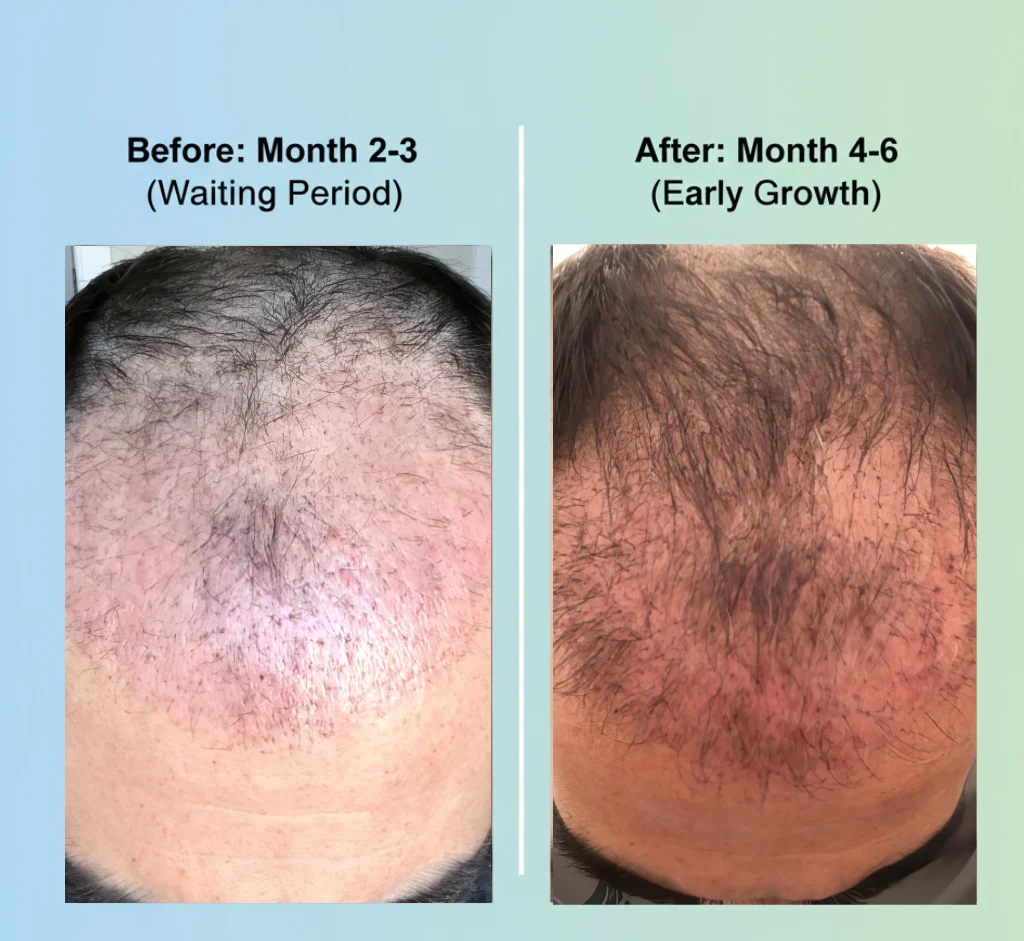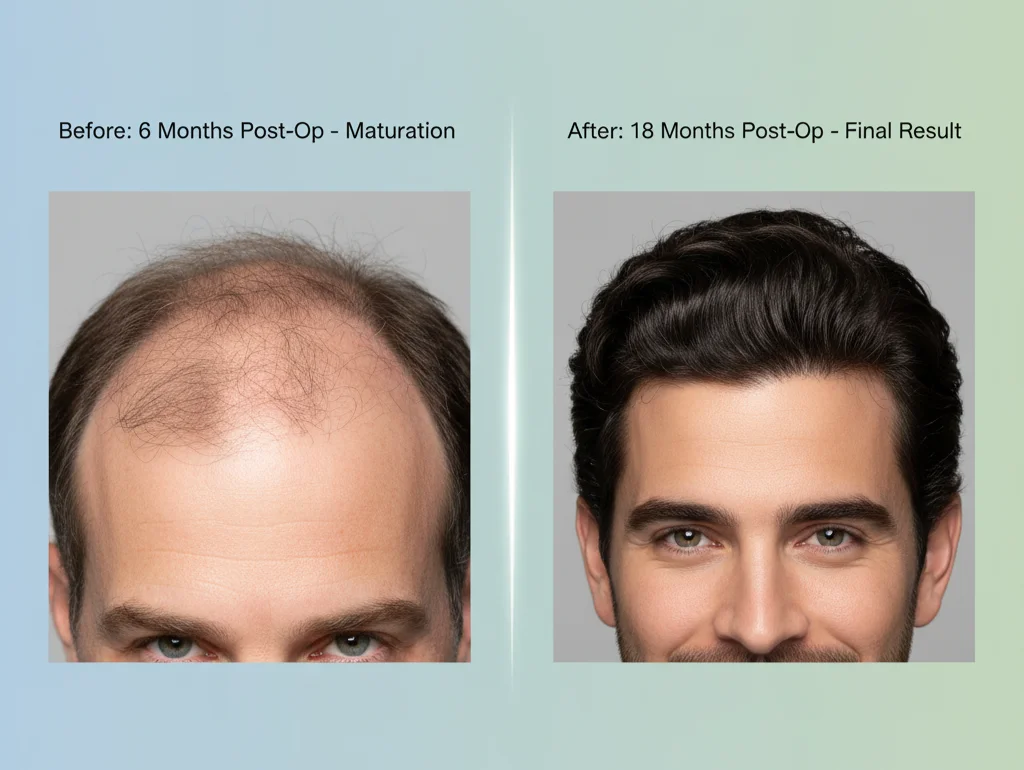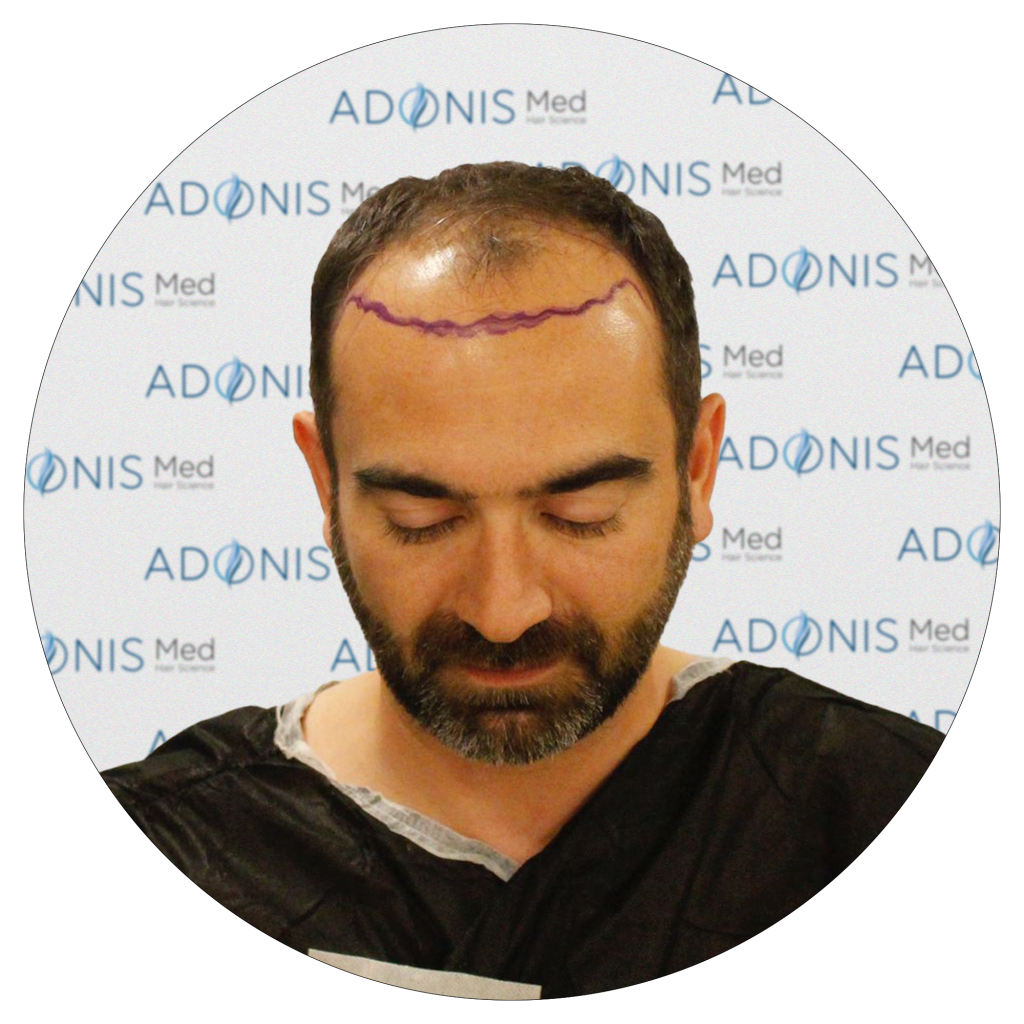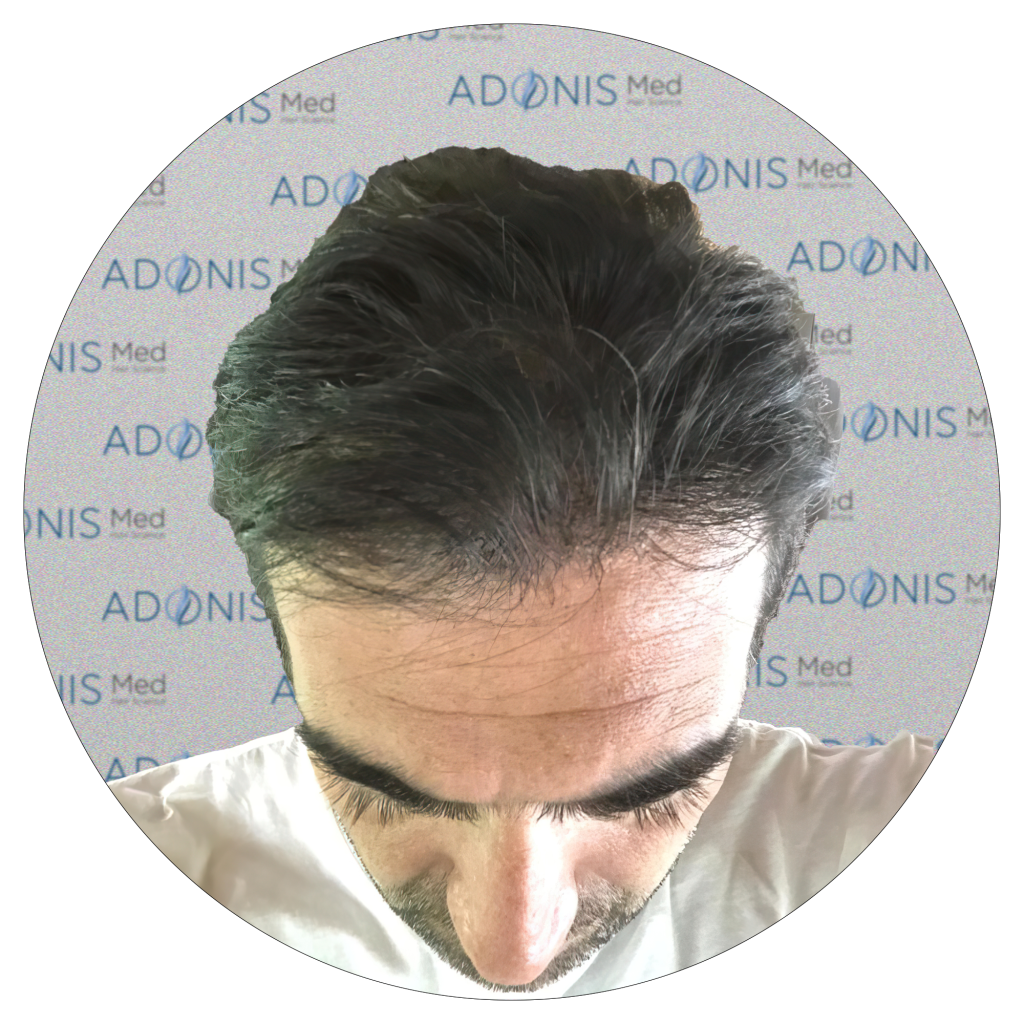Hair Transplantation Recovery Process (Month by Month): Shock Loss and the Emergence of New Hair
What Awaits You in the Hair Transplantation Recovery Process?
You have successfully completed your hair transplantation operation! Now you have moved on to the most exciting and anticipated phase: the hair transplantation recovery process. Patience and accurate information will be your greatest allies on the journey to new hair. Contrary to popular belief, this process is not just a few days; it is a months-long transformation with distinct phases.
Many people expect hair to grow immediately after the transplant, but you need to give your body time to regenerate for a healthy and natural look. In this article, we will examine the monthly developments after hair transplantation, especially the frequently asked-about shock loss phase and the permanent emergence of new hair, step by step. Managing this process well is critical to achieving a successful hair transplantation result. (If you haven’t proceeded to the operation stage yet, you can click here to review our special hair transplantation packages and detailed information.)
1. Month: Initial Healing and the Shock Loss Phase
First 10 Days: Scabbing and Sensitivity
The first 10 days after hair transplantation are the period when you need to be most careful. Tiny scabs appear in the transplanted area. These scabs are a natural part of the operation and usually fall off within 7-10 days with washing according to your doctor’s instructions. The healing in the donor area (the back part where the hair follicles were taken) also continues rapidly. During this time, paying attention to your pillow and avoiding impact and friction is crucial.
Weeks 2 – 4: Beginning of Shock Loss
Towards the end of the first month, a large portion of the transplanted hair begins to shed. This is called “Shock Loss.” Don’t panic, this is a completely expected and healthy process. Your follicles are in place; only the hair shafts are shed. Shock loss is the preparation phase for the growth of new and strong hair.
2. Month – 6. Month: Waking Up and the Emergence of First Hairs
2. and 3. Months: The Waiting Period
After shock loss, the transplanted area may look empty for a while. This is the period when you need to be patient. The hair follicles have rested and started to strengthen. Although there may be no visible development, the follicles are preparing beneath the skin for the permanent results after hair transplantation.

4. – 6. Months: The Hair Sprouts
In these months, you will notice your new hairs beginning to sprout as thin and weak strands. They may initially grow out curly or with a different texture. This is completely normal! Hair density gradually begins to increase. Especially by the end of the 6th month, approximately 50% of the transplanted hair will have grown, and the results will become more apparent. This stage is the most promising period of the hair transplantation recovery process.
6. Month – 18. Month: Maturation and the Final Result

6. – 9. Months: Acceleration and Thickening
Your new hair strands quickly thicken, strengthen, and acquire their natural texture during this period. Your hair density increases significantly. You can now style and cut your hair. This is the phase where you approach a look so natural you forget you had a hair transplantation.
10. – 18. Months: Final Result and Completion
This is the period when the process after hair transplantation is completed. Around the 12th month, approximately 90-95% of the transplanted hair will have grown. The hair strands reach their final thickness and quality. In some people, full maturation can take up to 18 months. The appearance you achieve from this point on is your permanent hair transplantation result.

1-2 Weeks
Scabbing, Donor Area Healing

3-8 Weeks
Shedding of transplanted hair (Follicles remain)

4-6 Months
Sprouting of thin, weak hairs

6-12 Months
Hair thickening and increasing density
Final Result
Hair reaching its final form, permanent result


As you can see, the hair transplantation recovery process is a journey that requires patience but ultimately offers satisfying results. Remember, every individual’s process is unique. If you have any concerns, be sure to consult your doctor.




